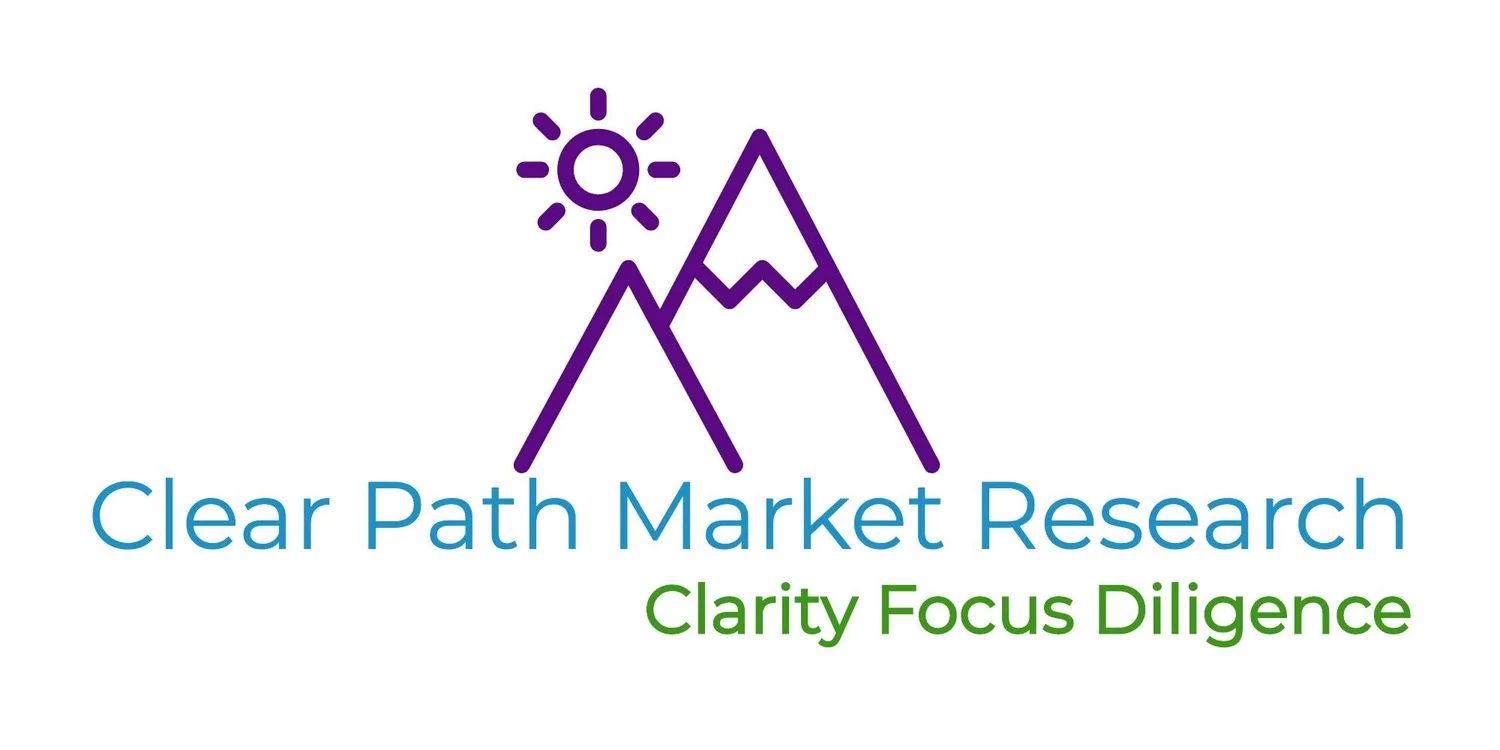What does Clear Path Market Research do?
We help business owners, trade associations, investors, and government entities obtain quantitative answers to questions related to consumer demand and customer preferences.
We can help our clients answer countless questions, but here are some specific examples of questions we have used our proven market research methodology to answer for our clients in the past:
- We created a Yoga mat made out of completely organic and renewable materials. It is more durable, yet softer than most mats currently available. Should we focus our positioning on the “green” materials, or the end benefits of durability and softness? What share of the market may we be able to acquire? This product only comes in one color – will this limit our appeal?
- Our state is considering legalizing cannabis for adults over 21 years of age. We would like to know approximately how much cannabis would be consumed in our state so that we can determine how much tax revenue we can raise, as well as how many retail store licenses we should issue. Can you help us estimate the size of the overall market in our state?
- This new premium packaging I am considering will increase my costs of goods sold by 5%. Will I be able to take a 10% increase to my retail prices without reducing demand for my product? Do my customers readily notice and appreciate this packaging improvement?
- Are my customers happy with the variety of Stout beers we offer? If a retailer will only accept three of our varieties, which three should we put on shelf to maximize consumer trial?
Visit Our Services for more information on the type of projects we do.
How are you able to answer those questions?
Fundamentally, estimating demand for products and services depends on asking consumers about their preferences, practices, and attitudes. It can be as simple as asking potential customers:
- “What is your favorite flavor of ice cream?”
- “How often do you drink beer?”
- “Which of these brand names fits best with the service you just read about?”
The expertise comes in knowing:
- To whom to ask these questions
- Exactly what questions to ask them
- Providing consumers with enough information to make an informed choice
- Standardizing questions and response choices to enable model building
- Benchmarking against known quantities
- Cross-checking and integrating primary data with reliable secondary data sources
- Knowing the limits of the information you are using
- Being aware of the variables that you are not measuring and which may impact future demand
- Collaborating effectively with your clients to make sure you are both in agreement on what needs to be measured
- Consulting with industry experts to understand currently accepted category parameters
